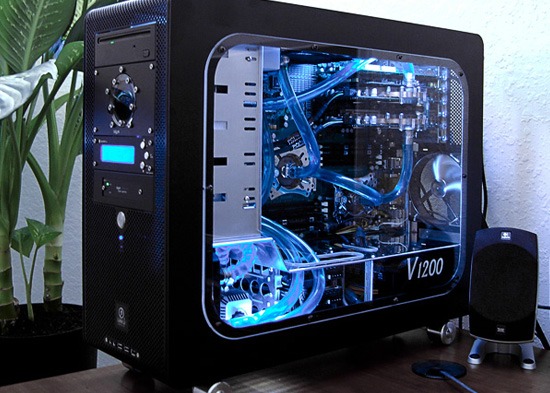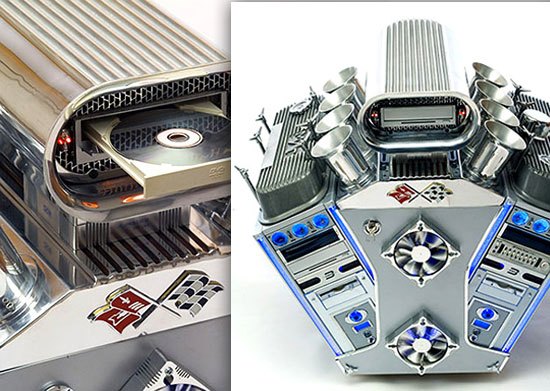The thermal design power (TDP), sometimes called thermal design point, refers to the maximum amount of power the cooling system in a computer is required to dissipate. For example, a laptop's CPU cooling system may be designed for a 20 watt TDP, which means that it can dissipate up to 20 watts of heat without exceeding the maximum junction temperature for the computer chip. It can do this using an active cooling method such as a fan or any of the three passive cooling methods, convection, thermal radiation or conduction. Typically, a combination of methods are used. The TDP is typically not the most power the chip could ever draw, such as by a power virus, but rather the maximum power that it would draw when running "real applications". This ensures the computer will be able to handle essentially all applications without exceeding its thermal envelope, or requiring a cooling system for the maximum theoretical power (which would cost more but in favor of extra headroom for processing power).
CPU Thermal Design Power
CPU Thermal Design Power
CPU Thermal Design Power
CPU Thermal Design Power
CPU Thermal Design Power
CPU Thermal Design Power
CPU Thermal Design Power
CPU Thermal Design Power
#1008 - Cooler Master V8 CPU Cooler Video Review
#1003 - Scythe NINJA 2 CPU Cooler Video Review







